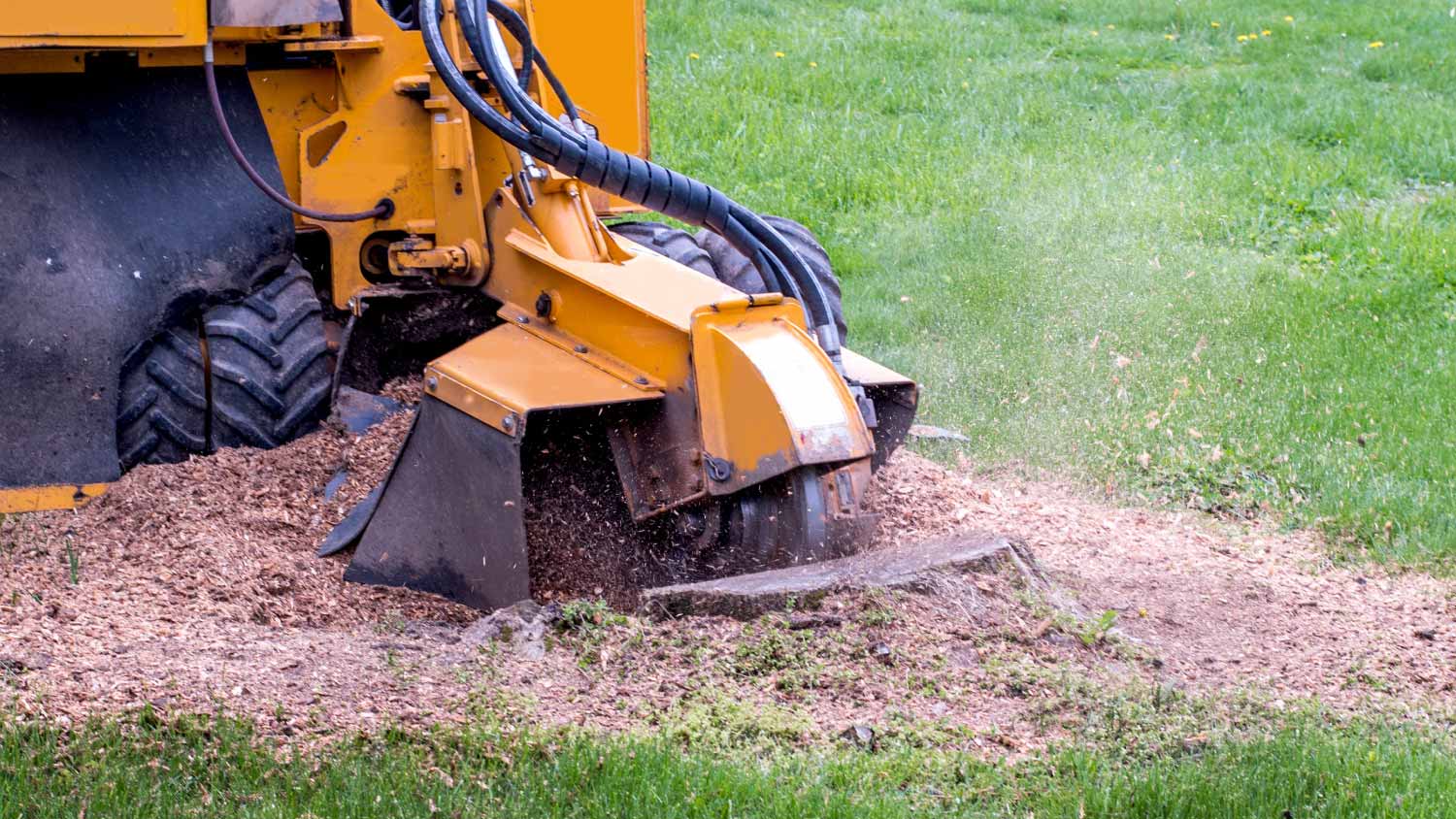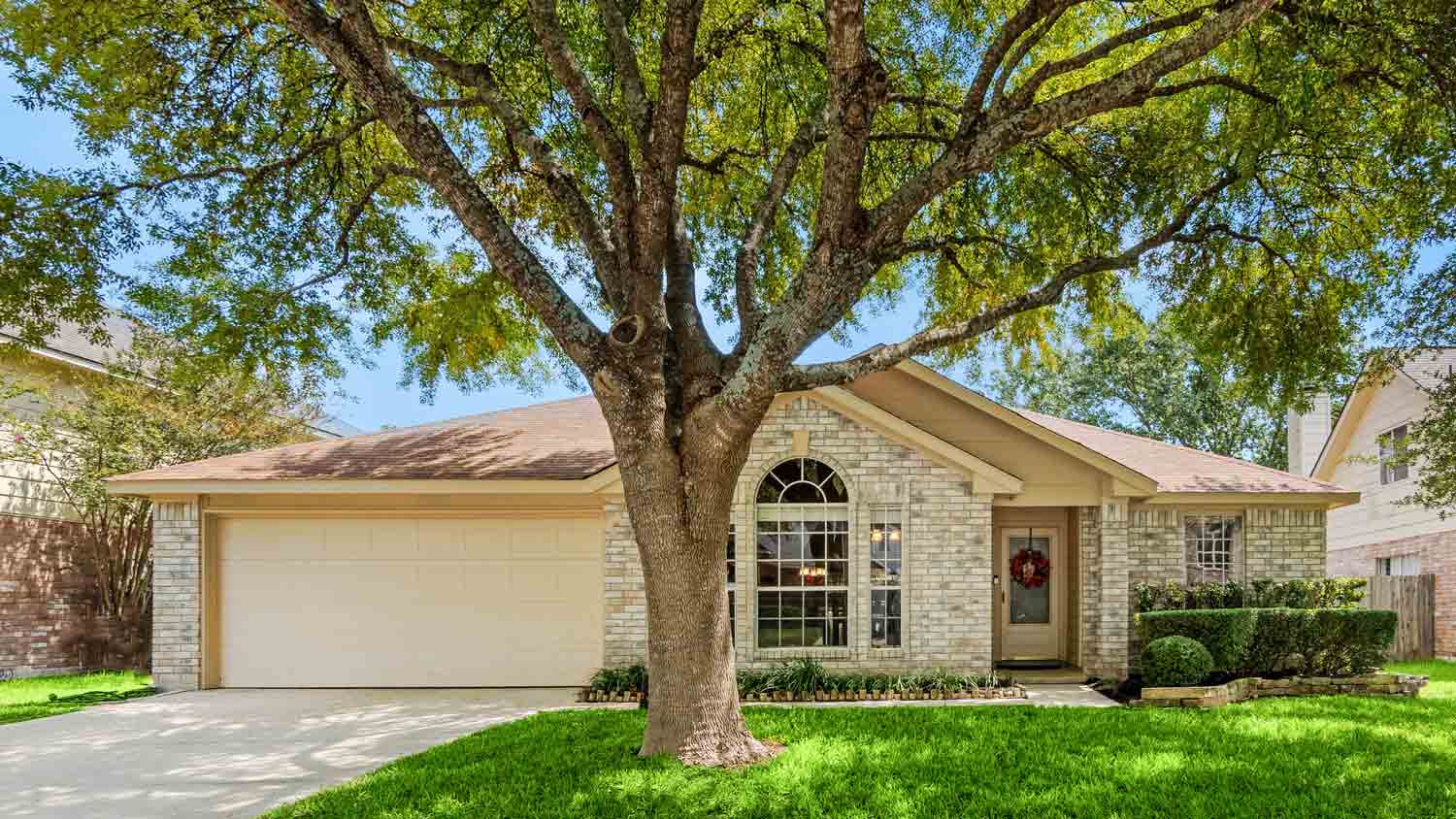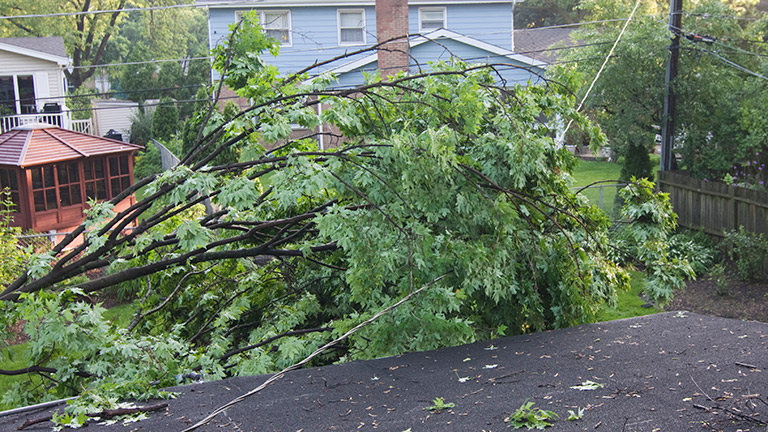
SOUTHWEST TREE CARE & LANDSCAPE DESIGN
SOUTHWEST TREE CARE & LANDSCAPE DESIGN
Southwest Tree Care & Landscape Design is a tree care and landscape service company located in San Marcos, CA. Our tree services include tree trimming, tree removal, tree health, and we are a certified arborist. We also offer landscapes and outdoor living services which include 3D & renderings, landscapes, and plantings, outdoor kitchens, patios, walkways, pavers, and concrete, fire pits, fireplaces, retaining walls, seating walls, outdoor lighting, and full-service grounds maintenance. We are proud to offer our services in Carlsbad, Encinitas, Rancho Sante Fe, and San Marcos!
"Amazing service! We had a big deadline for a party we were hosting at our home. Not only didn Steve and his crew get everything done on time, they exceeded expectations with design and helping us love outdoor areas as much as we loved the inside! Highly recommend!!!"
Colin H on December 2019
Southwest Tree Care & Landscape Design is a tree care and landscape service company located in San Marcos, CA. Our tree services include tree trimming, tree removal, tree health, and we are a certified arborist. We also offer landscapes and outdoor living services which include 3D & renderings, landscapes, and plantings, outdoor kitchens, patios, walkways, pavers, and concrete, fire pits, fireplaces, retaining walls, seating walls, outdoor lighting, and full-service grounds maintenance. We are proud to offer our services in Carlsbad, Encinitas, Rancho Sante Fe, and San Marcos!
"Amazing service! We had a big deadline for a party we were hosting at our home. Not only didn Steve and his crew get everything done on time, they exceeded expectations with design and helping us love outdoor areas as much as we loved the inside! Highly recommend!!!"
Colin H on December 2019













